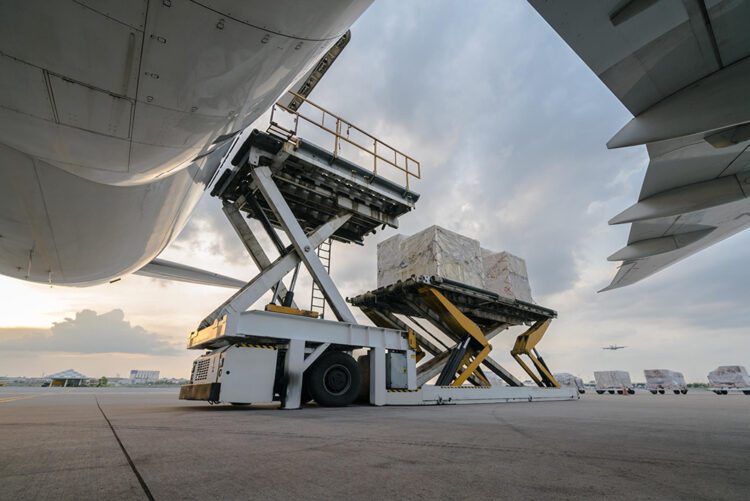Last year, the aggregated cargo revenue for Asia Pacific airlines plummeted by 43.3% to $21 billion, according to preliminary financial performance results released by the Association of Asia Pacific Airlines (AAPA). This significant drop was driven by a weakness in trade activity and lower rates, which led to a 41.7% decline in cargo yields to 33.6 US cents per freight tonne kilometre (FTK). Despite this decline, the AAPA noted that average cargo yields remained above pre-pandemic levels.
The AAPA had previously indicated that air cargo demand for Asia Pacific airlines dropped in 2023 due to economic constraints and reduced rates. International air cargo demand, measured in FTKs, experienced a 2.8% annual decline, driven by inflationary pressures, a robust US dollar, and a consequent downturn in the demand for goods. In contrast, passenger market revenues in the region rebounded significantly.
After three consecutive years of losses, the lifting of the final remaining pandemic-induced travel restrictions facilitated a resurgence in travel demand in 2023. Asia Pacific airlines achieved operating revenues totalling $198 billion, marking a 54.8% increase compared to the $128 billion recorded in 2022. Combined passenger revenue more than doubled, increasing by 105.4% to $151.5 billion, driven by robust growth in passenger demand. However, this positive news was tempered by a 6.7% decline in passenger yields to 8.6 US cents per RPK, reflecting the steady increase in capacity and rising operating expenses, including fuel costs.
As of 2024, air cargo demand in the region has risen, and looking ahead, AAPA director general Subhas Menon expressed optimism: “The outlook for Asian airlines is generally positive, as demand for air travel globally continues to be strong, complemented by resurgent growth in international air cargo markets.” However, he also cautioned that the region’s carriers continue to face numerous challenges, including delayed deployment of additional capacity due to supply chain constraints and persistent cost pressures.





